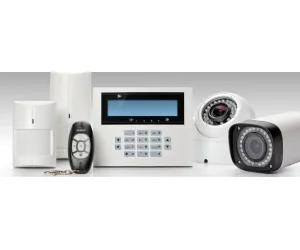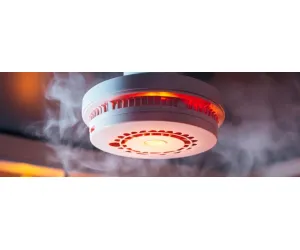
Introduction
A fire alarm system alerts people to danger so they can act quickly. It’s used in offices, factories and public places. Even though it’s always there, it often goes unnoticed until an emergency happens.
Main Parts of a Fire Alarm System
-
The Control Panel is the system’s “brain”.
-
It gets signals from detectors.
-
It monitors system health and triggers alarms.
-
It can simulate alarms for drills to keep everyone prepared.
-
Types of Detectors
-
Heat Detectors
-
Fixed-temperature: alarm when it gets too hot.
-
Rate-of-rise: alarm when temperature climbs quickly.
-
-
Smoke Detectors
-
Ionisation: detect small particles via current change.
-
Light-scattering: detect smoke by light being scattered.
-
Light-obscuring: detect smoke when light is blocked.
-
-
Carbon-Monoxide Detectors
-
Sense CO gas — a dangerous combustion by-product.
-
More sensitive than everyday CO alarms.
-
-
Multi-Sensor Detectors
-
Combine heat, smoke and other sensing.
-
Smart algorithms detect more types of fires.
-
-
Manual Call Points
-
Also called “break-glass” units.
-
A person triggers alarm by breaking or pressing.
-
Types of Fire Alarm Systems
-
Conventional Systems
-
Devices wired in “zones”.
-
Control panel shows which zone triggered.
-
-
Addressable Systems
-
Each device has a unique address.
-
Better pinpointing of triggered device.
-
-
Intelligent Systems
-
Detectors process data themselves.
-
Good for large buildings, fewer false alarms.
-
-
Wireless Systems
-
No cabling needed; use secure radio links.
-
Flexible for many setups.
-
Why It Matters
Fire alarm systems help save lives and protect property. They use many detectors and various system types to fit different buildings and needs.







